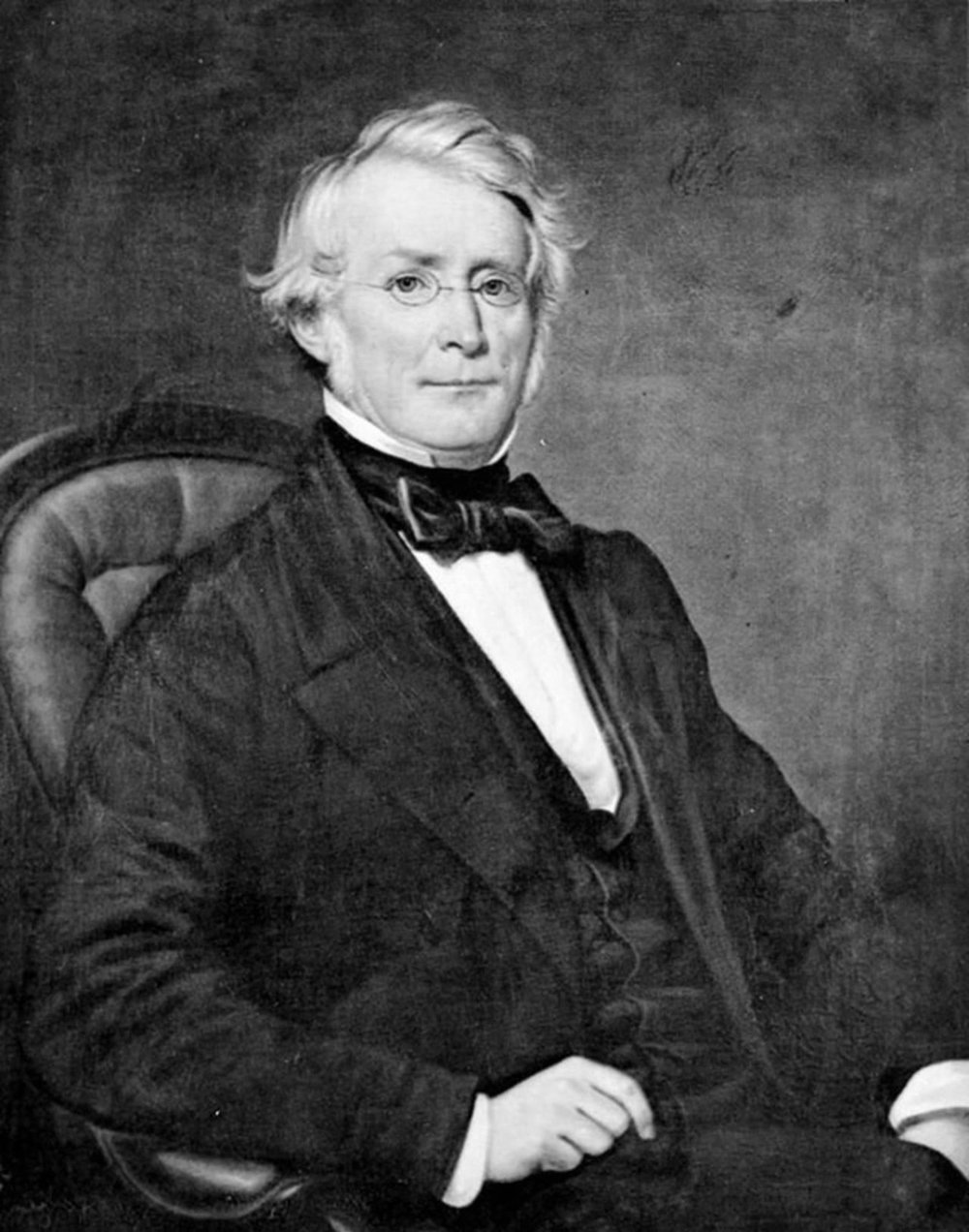
Celebrating Canada’s oldest scientific organization
















Past Presidents
With over 175 years of history, RCIScience has seen a long list of notable Canadians serve as its presidents. Some notable names include John Charles Fields, of the Fields Medal in Mathematics; Joseph Burr Tyrell, namesake of the Royal Tyrell Museum; and Helen Sawyer Hogg, famous astronomer and science communicator.
-

William Edmond Logan
-

Joseph Burr Tyrrell
-

John Charles Fields
-

Helen Sawyer Hogg
